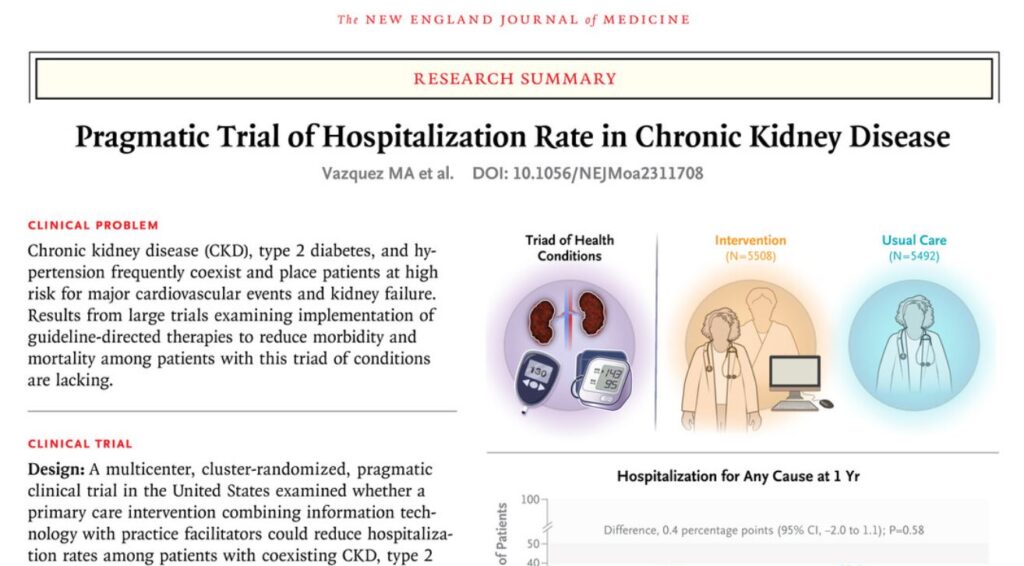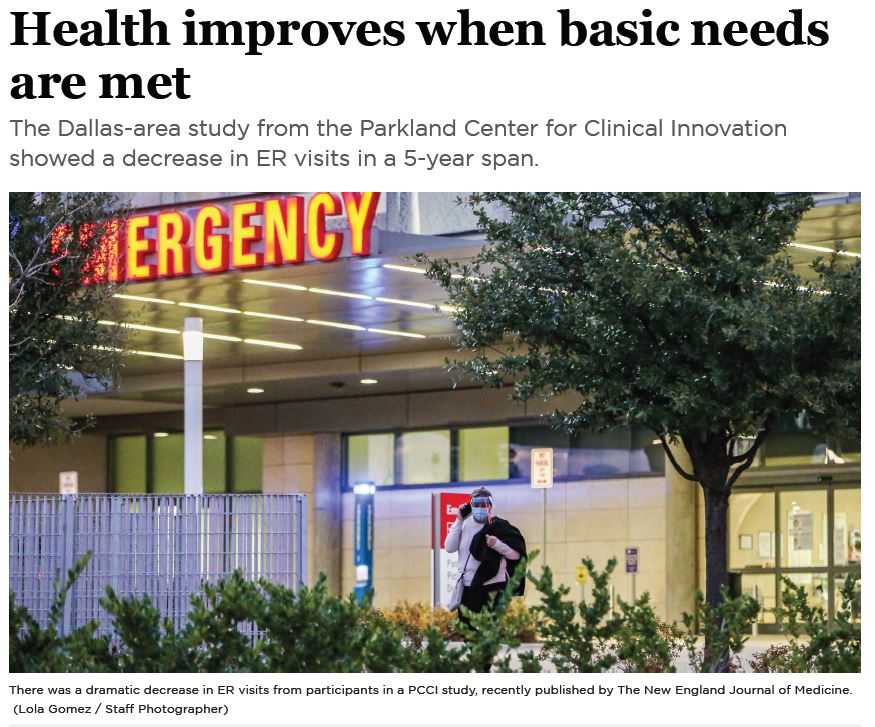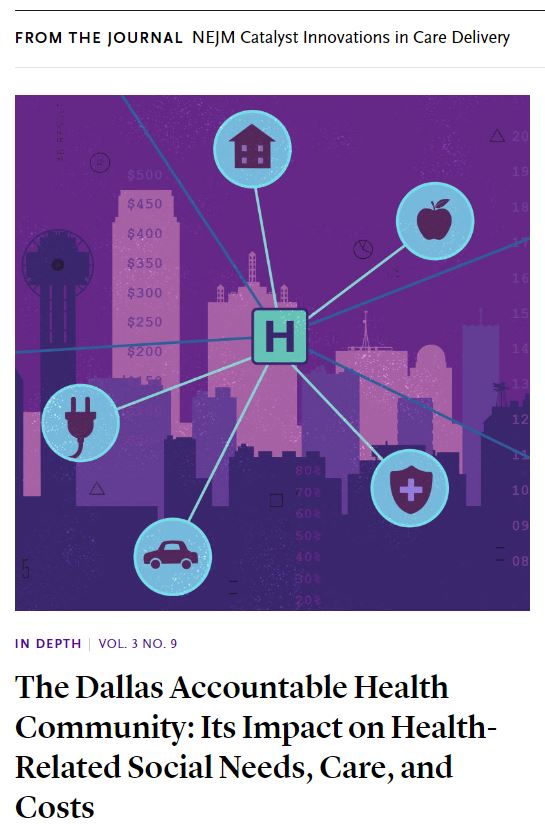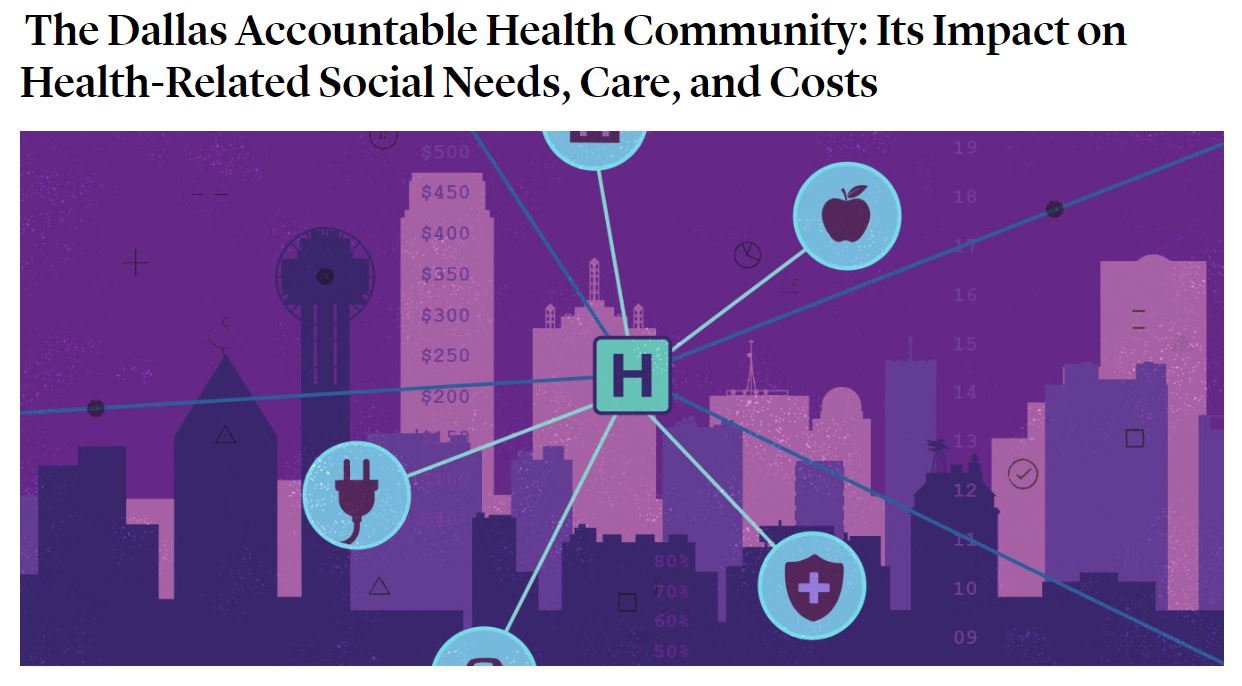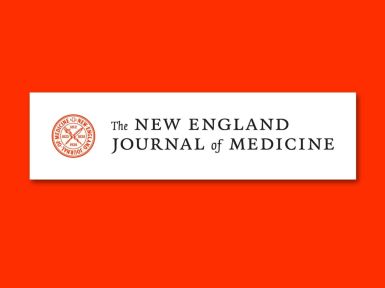Inside the New England Journal of Medicine Catalyst Article on PCCI’s Successful Management of the Dallas Accountable Health Communities Model
The globally recognized leader in healthcare publishing, the New England Journal of Medicine Catalyst (NEJM Catalyst), has distributed an in-depth article authored by PCCI detailing its successful journey managing the U.S. Centers for Medicare & Medicaid Services (CMS) Accountable Health Communities (AHC) Model in Dallas County1.
To view the NEJM Catalyst article, click here: https://catalyst.nejm.org/doi/full/10.1056/CAT.22.0149
The NEJM Catalyst article offers the results of this five-year initiative, which included partnerships with the region’s top healthcare providers and community-based organizations (CBOs), that demonstrates its positive impact on health care outcomes for some of the most vulnerable Dallas County residents.
 The peer reviewed NEJM Catalyst article outlines the purpose of the AHC Model in testing whether systematically identifying and addressing Medicare and Medicaid beneficiaries’ health-related social needs (HRSN), i.e., food, housing, transportation, utilities, and interpersonal safety, through screening, referral, and community navigation services impacts total health care costs and reduces inpatient and outpatient utilization.
The peer reviewed NEJM Catalyst article outlines the purpose of the AHC Model in testing whether systematically identifying and addressing Medicare and Medicaid beneficiaries’ health-related social needs (HRSN), i.e., food, housing, transportation, utilities, and interpersonal safety, through screening, referral, and community navigation services impacts total health care costs and reduces inpatient and outpatient utilization.
The article further describes how bridge organizations (such as PCCI) served as ‘hubs’ in their communities, forming partnerships with their state Medicaid Agencies, local clinical delivery sites, and CBOs. The Dallas AHC (DAHC) included five major healthcare systems (Parkland Health, Baylor Scott & White, Children’s Health, Methodist Health System, and Metrocare Services), Texas Health and Human Services Commission (TX HHSC), and more than 100 CBOs who provided critical social services to meet the needs of residents in Dallas County ZIP codes with high concentrations of unmet HRSN.
Written by PCCI clinical experts and leaders of all aspects of the DAHC, the NEJM Catalyst article offers a comprehensive look at the full five-year initiative in Dallas and its impact on HRSN, utilization, and costs. This analysis includes critical details (and lessons learned) in the DAHC’s planning and implementation as well as methodology, results, and a look forward.
“We are so proud of the opportunity to lead such a meaningful initiative in partnership with CMS, TX HHSC, our participating healthcare systems, and the hundreds of other North Texas organizations who participated. The innovations, learnings, and results are invaluable and can hopefully serve as a blueprint for expanding these efforts regionally and even to other markets in our collective journey to address the social and personal determinants of health of our most vulnerable families,” said Steve Miff, PCCI’s CEO and President. “The significant number of individuals screened and navigated could not have been possible without the amazing support of the hospital systems and many CBOs in Dallas that actually delivered services to the people who came through the DAHC. This article shows the true scope and community-wide effort that makes programs like this successful.”
The NEJM Catalyst article, co-authored by PCCI’s Jacqueline Naeem, MD, Estefania Salazar-Contreras, Venky Sundaram, PhD, Leslie Wainwright, PhD, Keith Kosel, PhD, and Miff, provided strong evidence of the benefit of addressing HRSNs in a comprehensive manner using active navigation within the framework of a connected community of care model that coordinates efforts between clinical and community services.
“The NEJM Catalyst article digs deep into what our challenges were and the steps we took to test how addressing HRSNs improves utilization and health of vulnerable populations,” said Leslie Wainwright, PhD, PCCI’s Chief Funding and Innovation Officer. “Because of the tremendous effort and success we had in identifying, screening, and navigating so many individuals, this article is able to show some clear, thought-provoking results that will give us a logical path forward as we seek ways to address the needs of those most at-risk in our communities.”
The article reports that during the initiative’s five-year course, PCCI and its partners screened 12,548 individuals and identified more than 19,000 distinct needs, with 61% of individuals having two or more concurrent needs. Through the referral process, CBOs provided a multitude of support services, including more than 200,000 pounds of food and $540,000 in utility and rent assistance.
Additionally, the article shows that actively navigated individuals experienced a greater decrease in per-person ED visits.
“This was a tremendous project that garnered some exciting results, which is why the NEJM Catalyst article is so important for sharing how communities can make this work,” said PCCI’s Jacqueline Naeem, MD, Senior Medical Director/Program Director AHC. “But while the article shows important results, this is about more than just data, this is about the people in need who benefited substantially from the screenings, navigations, and participation in the initiative. The stories we heard of the lives we touched during the five-year program is a lasting legacy of the work our entire community put forward.”
In addition to the DAHC work and with the goal to help other municipalities build their own connected communities of care, PCCI also published an in-depth guidebook, “Building Connected Communities of Care.” This is the definitive guide for taking action using Non Medical Drivers of Health, with practical actionable insights from PCCI’s experience building, deploying, and expanding a connected community of care in Dallas. For more information on “Building Connected Communities of Care,” click here: https://pcci1.wpengine.com/playbook/
##
[1] This project was supported by the Centers for Medicare and Medicaid Services (CMS) of the U.S. Department of Health and Human Services (HHS) as part of a financial assistance award totaling $4.5M with 100 percent funded by CMS/HHS. The contents are those of the author(s) and do not necessarily represent the official views of, nor an endorsement, by CMS/HHS, or the U.S. Government.
